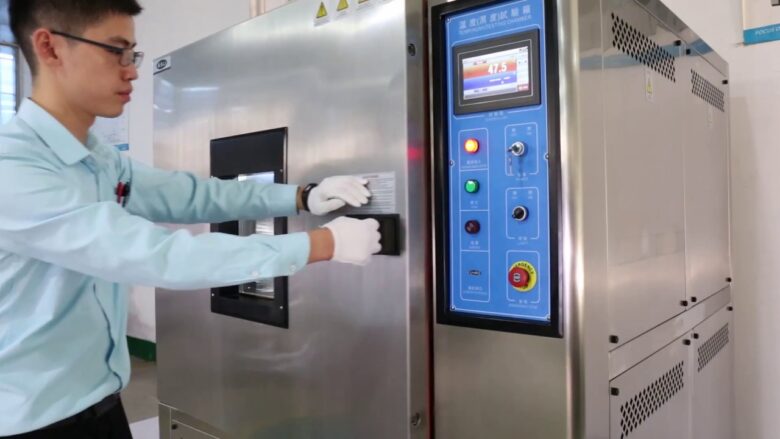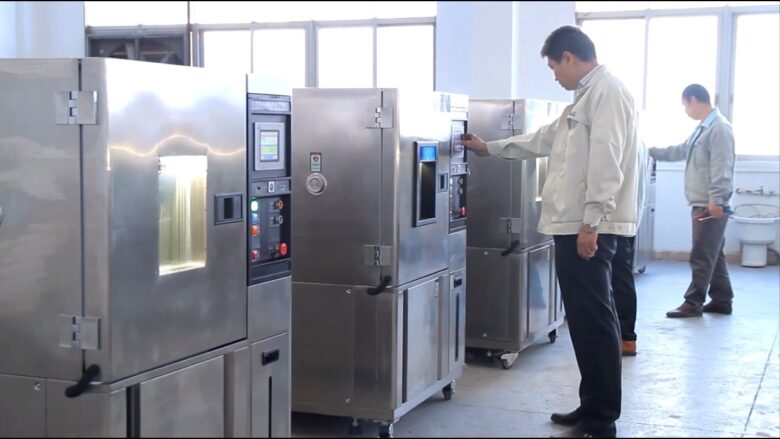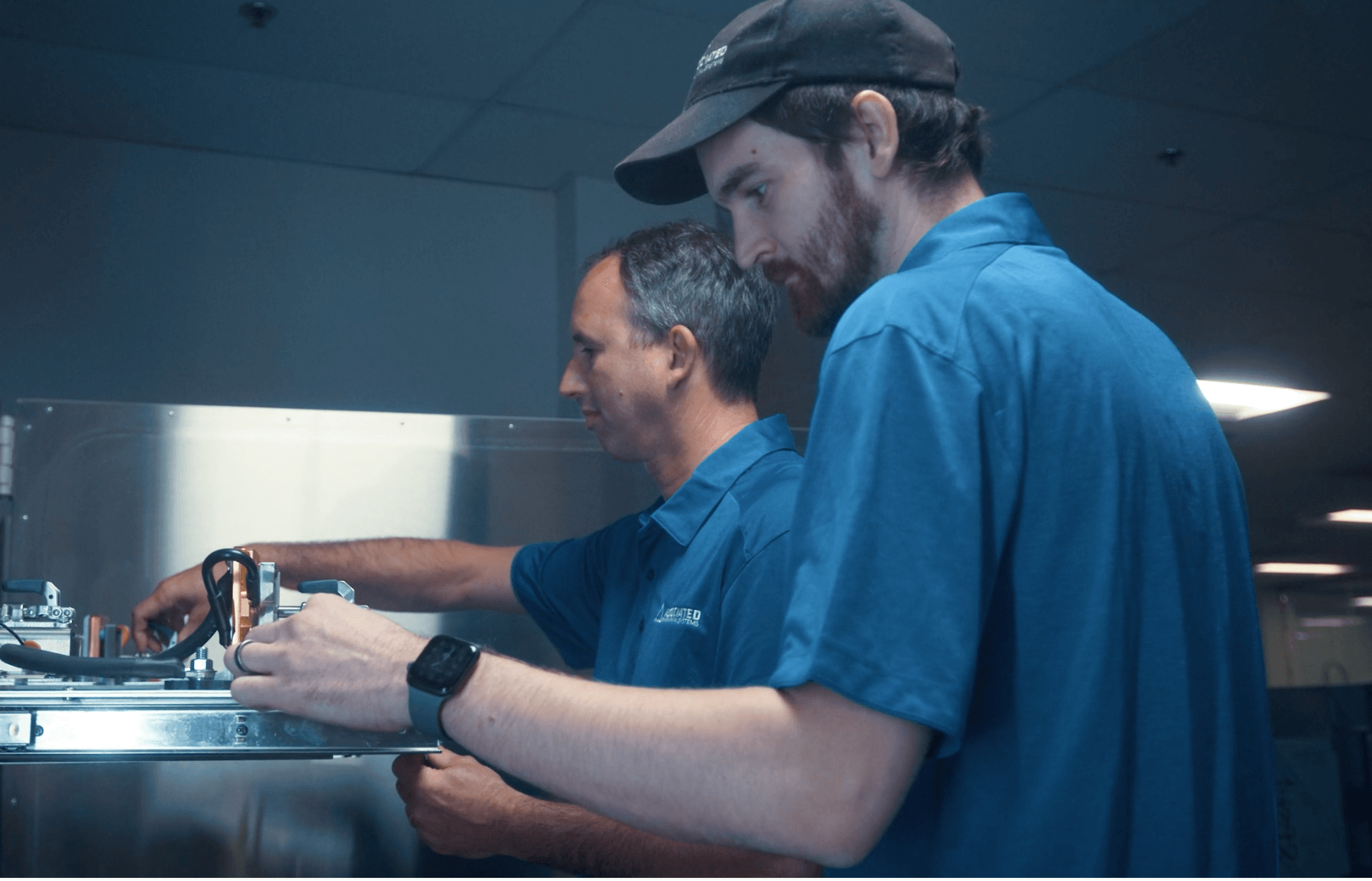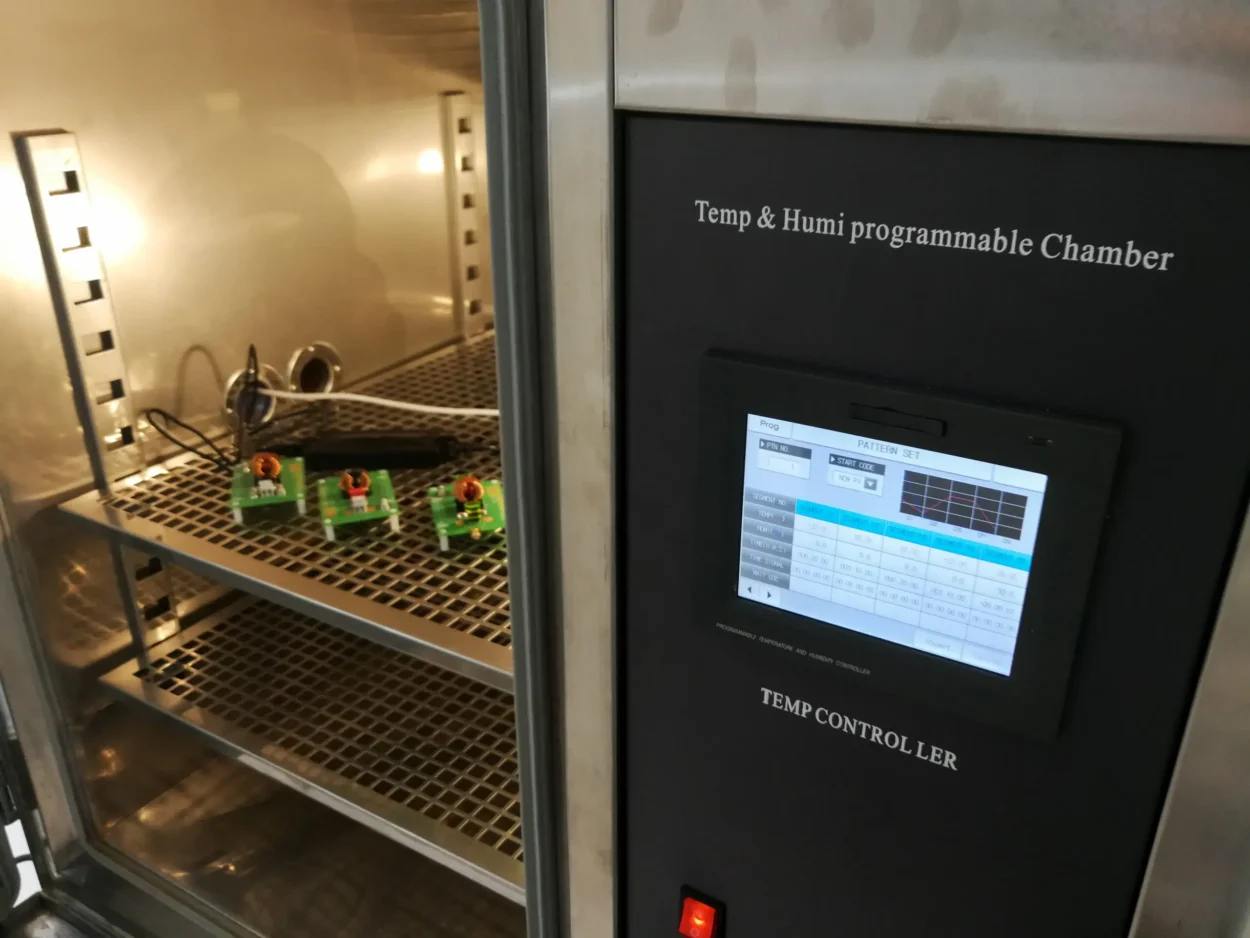In the realm of environmental testing, temperature humidity chambers play a pivotal role in simulating a wide range of climatic conditions to test the resilience and durability of products and materials. These chambers are indispensable tools across various industries, including aerospace, electronics, automotive, and pharmaceuticals, to ensure that products can withstand extreme conditions they might encounter in their lifecycle. Selecting the right temperature humidity chamber is crucial for achieving accurate and reliable testing results, yet the task can be daunting given the myriad of models and specifications available. This comprehensive guide aims to demystify the process, providing you with essential insights and tips to choose the ideal chamber that meets your testing requirements.
Understanding Temperature Humidity Chambers

Temperature humidity chambers are sophisticated devices designed to create controlled environmental conditions of temperature and humidity. They can replicate conditions ranging from the scorching heat of a desert to the damp cold of a rainforest, making them versatile tools for stress-testing products under various conditions. These chambers can vary significantly in size, from small benchtop models suitable for laboratory use to large walk-in chambers for testing sizable objects like vehicles. Take a look at more info about the temperature and humidity test chamber.
Key Considerations Before Purchase
Before delving into the vast market of temperature humidity chambers, it’s imperative to consider several key factors that will guide your selection process:
- Testing Requirements: Clearly define what you need the chamber for. Consider the range of temperature and humidity conditions you need to simulate, as well as the size and nature of the items being tested.
- Space and Installation: Assess the available space in your facility. Larger chambers may require significant floor space and may also have specific installation requirements like reinforced flooring or special electrical connections.
- Budget Constraints: Determine your budget early on. The cost of temperature humidity chambers can vary widely based on their size, capabilities, and additional features.
Selecting the Right Model
Navigating the selection process involves understanding various technical specifications and features that temperature humidity chambers offer. Here are some crucial aspects to consider:
Temperature and Humidity Range

The cornerstone of selecting a chamber is understanding the temperature and humidity range it offers. Ensure the chamber can achieve the environmental conditions required for your tests. Some chambers offer extreme ranges, from -70°C to +180°C, with humidity levels from 10% to 98% RH, while others may have more limited ranges.
Size and Capacity
The internal dimensions of the chamber must be sufficient to accommodate the items you plan to test, allowing for adequate airflow around each item. Consider future needs as well; a chamber that can accommodate larger or multiple items might be more beneficial in the long run.
Control and Stability
The precision with which a chamber can control and maintain its temperature and humidity levels is crucial for reliable testing. Look for chambers with advanced control systems that offer tight tolerances, typically ±0.5°C for temperature and ±2.5% RH for humidity.
Cooling and Heating Rates
The rate at which a chamber can cool down or heat up to a desired temperature is vital, especially for tests that require rapid temperature changes. Evaluate the chamber’s performance specifications to ensure they meet your testing protocols.
Uniformity

Temperature and humidity uniformity within the chamber ensure that all parts of the test item are exposed to the same conditions simultaneously. High-quality chambers are designed to deliver excellent uniformity, typically within ±1°C for temperature and ±3% RH for humidity.
Construction and Durability
The build quality of a chamber affects its longevity and reliability. Look for chambers constructed with high-quality materials, such as stainless steel interiors, which are resistant to corrosion and easy to clean. Insulation quality also affects performance and energy efficiency.
User Interface and Programmability
Modern chambers come equipped with user-friendly interfaces and programmable controllers that allow users to set up complex test cycles with varying conditions over time. Ensure the chamber’s software or controller is intuitive and meets your testing complexity needs.
Safety Features
Safety features protect both the user and the test samples. Over-temperature protection, humidity limit controls, and electrical safety cut-offs are essential features to look for.
Service and Support
Consider the manufacturer’s reputation for service and support. Access to timely maintenance, repairs, and customer service can be crucial, especially for high-use or critical testing applications.
Additional Features and Accessories

Some chambers offer additional features and accessories that can enhance testing capabilities or make the chamber more versatile:
- Viewing Windows and Interior Lighting: These features allow for visual monitoring of the test item without disturbing the chamber’s internal environment.
- Ports and Access Holes: These allow for the passage of wires and probes into the chamber to monitor test items without opening the chamber door.
- Humidity Water Purification Systems: To ensure the longevity and reliability of humidity generation systems, some chambers are equipped with water purification systems.
- Mobile and Remote Monitoring: The ability to monitor and control the chamber remotely can be a valuable feature, especially in large facilities or for tests that run outside of normal working hours.
Making the Decision
With a clear understanding of your testing requirements and the key features to look for, you can begin the process of selecting the right temperature humidity chamber. It’s advisable to engage with manufacturers or distributors, discussing your specific needs and arranging for demonstrations where possible. Consider the total cost of ownership, including maintenance, calibration, and any required accessories, in your final decision.
Conclusion
Selecting the right temperature humidity chamber is a critical step in ensuring the effectiveness of environmental testing. By thoroughly understanding your testing requirements and the key features of these chambers, you can make an informed decision that ensures the reliability and accuracy of your tests. Remember, the goal is not just to purchase a testing chamber but to invest in the confidence and success of your products in the real world.






